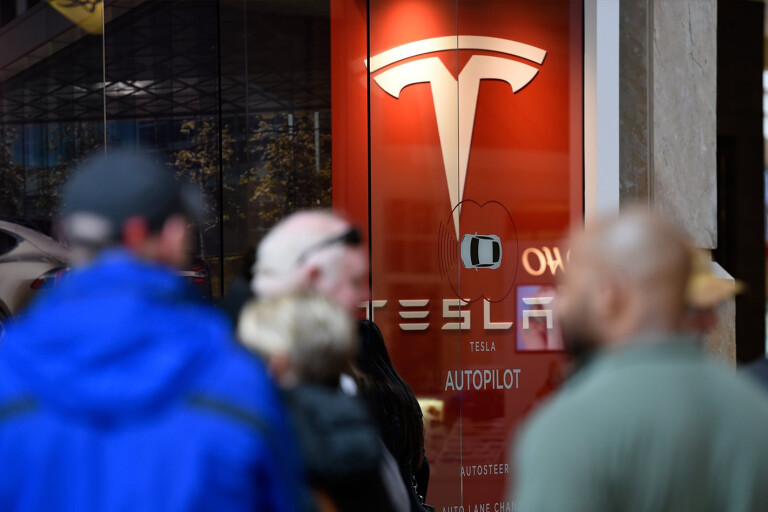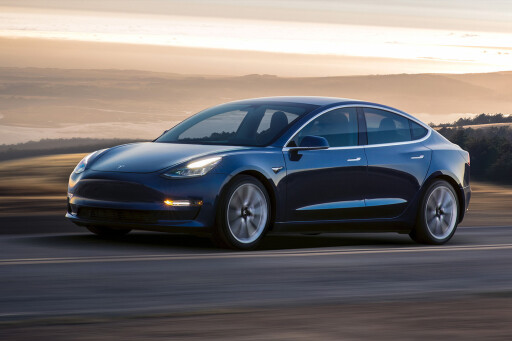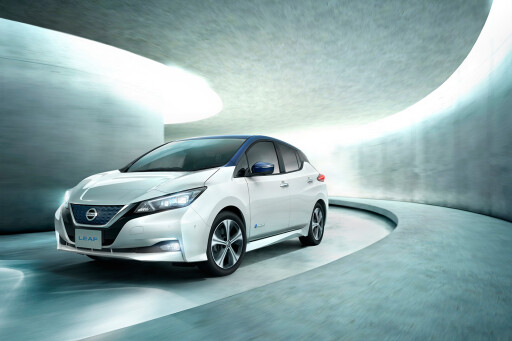
ELECTRIC car maker Tesla has posted its biggest quarterly loss on record, burning through almost $US620 million ($A804 million) in the three months to September, as it fell short of production targets.
The thumping loss – accumulated losses over the last decade now total about $US10 billion, and only $US3.4b remains in the petty cash kitty – comes as Tesla announced another delay to production of the Model 3, the cheapest Tesla and the one that is tipped to generate the least profit for the California-based car maker.
“The initial phase of manufacturing any new vehicle is always challenging, and the Model 3 production ramp is no exception – particularly given our focus on highly automated manufacturing processes that will ultimately result in higher volumes at significantly lower costs,” Tesla said in a statement announcing the loss.
“Model 3 has been designed for manufacturability, so the car itself is not difficult to build. That said, the Model 3 production process will be vastly more automated than the production process of Model S, Model X or almost any other car on the market today, and bringing this level of automation online is simply challenging in the early stages of the ramp.

“We continue to make progress resolving early bottlenecks related to these issues, and there remain no fundamental problems with our supply chain or any of our production processes.”
At the moment, though, Tesla said “burst builds of short duration” on parts of the Model 3 production line had shown it could assemble components for 1000 of the mid-size sedans per week. Other parts of the highly automated and extremely complicated line could build up to 500 a week, it said – a long way short of its aim to build 10,000 a week.
“While we continue to make significant progress each week in fixing Model 3 bottlenecks, the nature of manufacturing challenges during a ramp such as this makes it difficult to predict exactly how long it will take for all bottlenecks to be cleared or when new ones will appear,” it said.
“Based on what we know now, we currently expect to achieve a production rate of 5000 Model 3 vehicles per week by late Q1 2018, recognising that our production growth rate is like a stepped exponential, so there can be large forward jumps from one week to the next.”
The car maker has tipped that working out all the bugs in the way it builds the Model 3 will cost it about another $US1 billion over the last three months of this year. But by ramping up production of the Model 3, and producing fewer of the higher-margin Model S and X also means the car maker will skim less profit from the products it sells – with the amount of money Tesla makes from each sale expected to dip from an average of 25 percent to 15 percent.

And the company is facing a new challenge in one of its largest markets globally - the US, with the ruling Republican party weighing up if it should remove a $US7500 subsidy to car buyers who chose an electric car over a conventionally engined one.
Under the terms of the Tax Cuts and Jobs Act, the House Ways and Means Committee has proposed the government repeal the electric vehicle tax credit, potentially hurting the sales of more affordable battery-powered vehicles such as the Chevrolet Bolt, the Nissan Leaf, the Renault Zoe – and the Tesla Model 3.
The Tesla Model 3 will price in the US from about $US35,000 if you include the $US7500 incentive that’s now under threat. By the time the Tesla Model S liftback sedan or Model X people mover make their way to Australia, the price has jumped by around 15 percent compared with US pricing, meaning the Model 3 will potentially price here from around $50,000, or about the same as the next-generation Nissan Leaf, due on sale here late next year.

The Renault Zoe is expected to go on sale in Australia some time in the next month, but only as a $45,000 fleet car that’s not available to private buyers.
The first Tesla Model 3 deliveries had been expected in Australia mid-way through next year, although the production hiccups are expected to push the sedan’s arrival time back even further.

COMMENTS